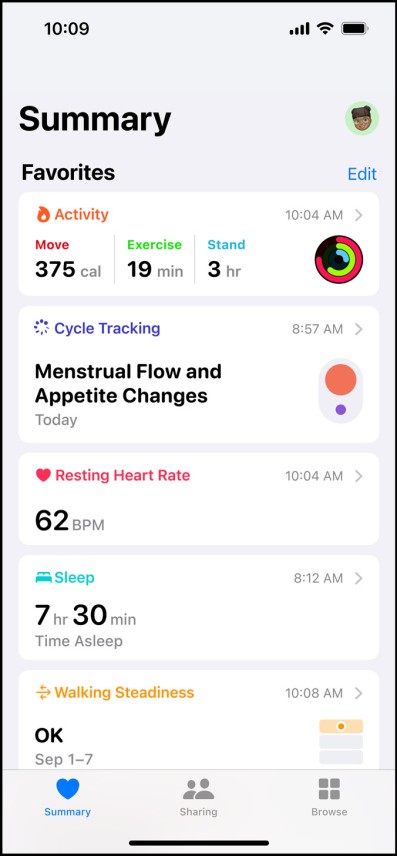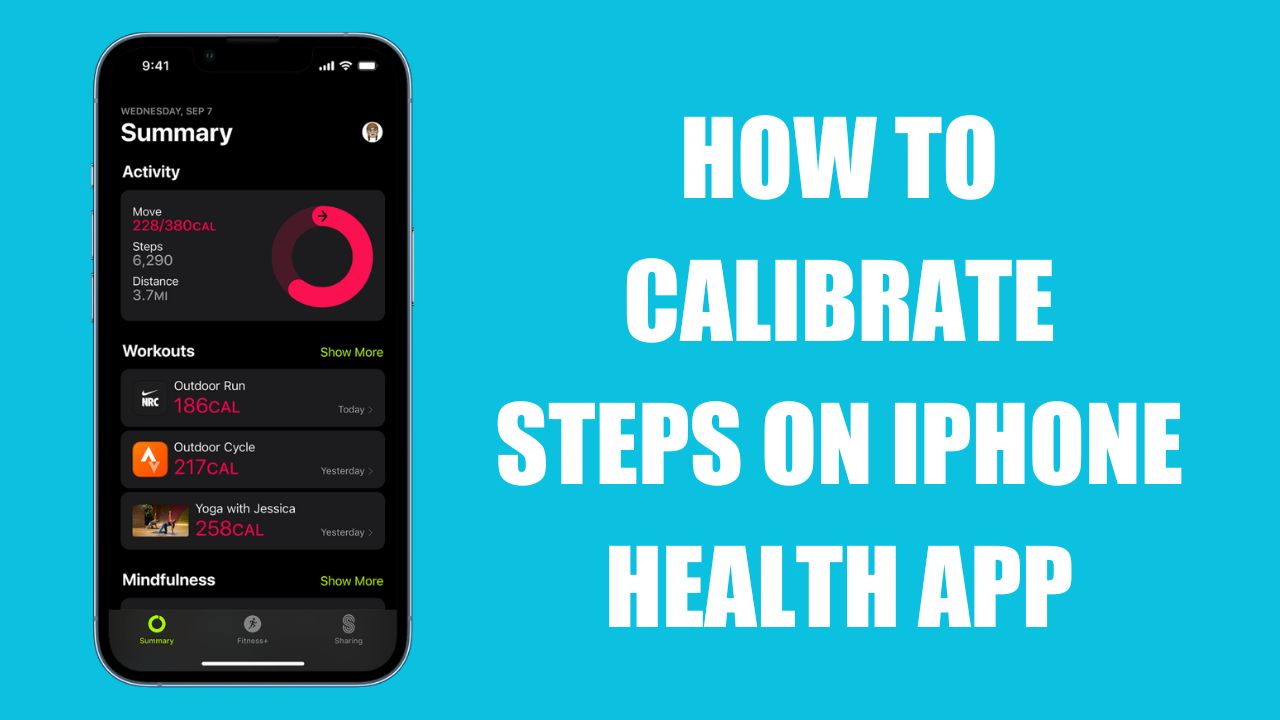Looking for a way to guarantee accuracy in your Health app step tracking? You’re in the ideal spot!
This article goes into the straightforward and efficient process for calibrating your iPhone’s Health app steps. Take control of your health journey. Make sure you have precision when it comes to tracking!
The Health app on your iPhone can track daily activity, exercise, and more. To get accurate data, it’s important to calibrate steps regularly. This means measuring the actual steps rather than just setting a goal. You’ll get details such as calories burned and other health info.
Here’s how to do step calibration on an iPhone and why it matters.
What is the iPhone Health App?
The Health App, also known as the iPhone Health App, is a built-in app on the Apple iPhone. Its mission? To give you a clear view of your health data. Steps walked, activity levels, sleep analysis, and more. It’s great for monitoring and improving your health.
The Health App gathers info from sources such as the Apple Watch or third-party apps like FitBit. It keeps all your physical activity metrics in one place. Plus, it makes it easier to view and analyze data over time.
The Health App’s coolest feature? Tracking and monitoring steps taken with your phone’s motion sensor. You can calibrate it to show how many steps you’ve taken each day. Calibrating your step count helps make sure your phone’s step counter is accurate. That way, you get better results when you look at physical activity levels over time.
How to Access the iPhone Health App?

The iPhone Health App is an amazing tool that allows people to keep track of things like heart rate and calories burned. To use it, users must open the app and grant permission by tapping “Allow” in the pop-up window. Then they press “OK” at the bottom of the page.
Users can go to their profile by tapping “Profile” at the bottom right corner of the home page. Scroll down until they find “Activity & Steps” in blue letters. This will take them to a page with more options, like calibration and step-tracking settings. People can view how many steps their phone records each day, week, or month. They can also decide how much attention their phone pays to step-counting and tracking movement.
How to Set Steps Goals?
Apple’s Health app helps you track and set goals to keep motivated. Goals should be achievable and realistic. Consider weather, fatigue, or injury when setting goals. Here’s how to set step goals for iPhone Health App:
- Open the Health App on your iPhone. Tap “Today” at the bottom of the screen. This will show metrics like steps taken and distance traveled.
- Tap “Edit Profile” in the top left corner. This will show different measures monitored by Apple Health.
- Look for “Goals” on the Edit Profile page. Set step goals according to lifestyle variables like Sedentary, Lightly Active, Moderately Active, or Vigorously Active.
- In the Goals section, select “Steps” from the list of available metrics. Use tutorials and animations to move the slider or manually enter the desired number of steps.
- Press the checkmark icon near the top right corner to save changes. This will be applied when accessing the main page via the Today tab.
Set goals in the Health App to track and stay motivated!
How to Calibrate Steps on the iPhone Health App?
Open your Settings app and go to Privacy > Motion & Fitness. Enable the “Fitness Tracking” option, if it’s off. Scroll down to “Calibrating Steps (Advanced)” and tap on it. Select “Yes” when prompted. Follow the instructions to walk or jog in place for about 60 seconds.
Once done, check that “Calibrated Steps (Advanced)” is enabled. Your step data will show more accurate readings now! iPhone Health App’s “Steps” tile accurately tracks and counts your steps every day. To make sure the readings are precise, it’s important to calibrate it.
Benefits of Calibrating Steps
The iPhone Health App’s Calibrating Steps can give you useful insights and help you reach your goals. The app will get an exact idea of the distance you’re walking and running. This leads to more exact energy burn estimates and step streaks.
Calibration is beneficial for activities that use walking or running movement, but don’t cover enough distance to change the step count. For instance, activities like fitness classes or weightlifting have repetitive movements, not distance. This won’t be accurately shown in the step count without calibration. Calibration gives a better estimate of energy used per day.
In summary, calibrating steps in the iPhone Health App can bring more helpful insights and tracking. It also helps to get the most accurate results for particular activities.
Tips for Achieving Step Goals
The iPhone Health App helps reach your health goals. It has a step counter to track your steps. To make sure it is accurate, you need to calibrate it. Here are tips for how to do that:
Tip 1: Use an external device for accuracy. Set up a pedometer or other fitness-tracking device for the app to use. This gives more reliable readings.
Tip 2: Look for errors and adjust step counts. Check the list of steps and spot any errors like measuring errors or inaccurate readings. Adjust them for a more accurate result.
Tip 3: Ask others for help. Ask friends or family with similar devices for assistance. They can help set up calibration for more reliable readings.
Tip 4: Consult online resources. Look on forums for people who have gone through this process. They can give insight into what worked best for them when calibrating their steps on iPhone Health App.
Conclusion
Calibrate your iPhone’s Health App step counter for more accurate health and fitness data. It only takes a few minutes.
To get a correct reading, do a ‘walk test’ with at least 10-20 minutes of steady walking or running. This way your device has enough data to understand how many steps you take and how far you go.
Calibrating also helps if there ever is an issue with tracking accuracy.





